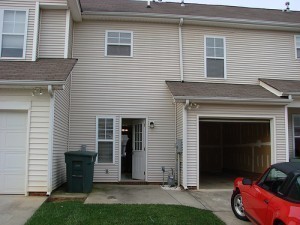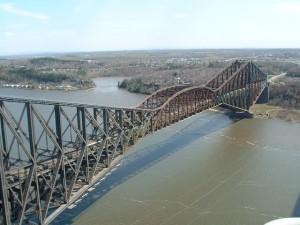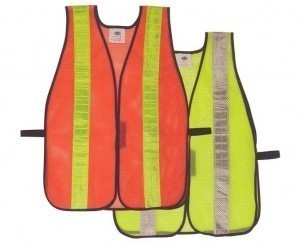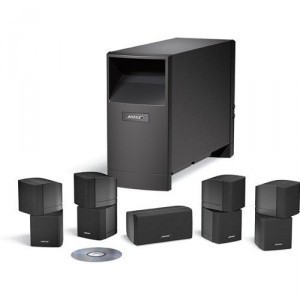Lighthouse Dimensions
A lighthouse or lightbeacon usually refers to a building, tower, or 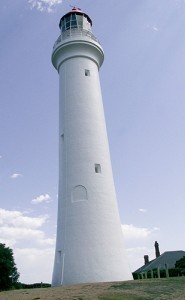 framework that is designed to give forth light coming from an arrangement of lamps and lenses to help mariners in sea navigation. Centuries ago, people use fire as the source of light in their lightbeacon.
framework that is designed to give forth light coming from an arrangement of lamps and lenses to help mariners in sea navigation. Centuries ago, people use fire as the source of light in their lightbeacon.
Lighthouses are generally used as signs for mariners to distinguish unsafe coastlines, dangerous reefs and shoals, and safe passage to harbors. They are also useful in assisting pilots in their aerial navigation. In the older times, the use of lightbeacons is very widespread. However, as new electronic navigational helps are becoming available, the number of lighthouses that are still in operation are beginning to decline because their replacement and maintenance are quite costly.
Dimensions
The heights and dimensions of lighthouses around the world vary greatly depending on their location and usage. But generally, a lighthouse should have a height of not less than four meters or 13 feet from ground level to the top of the structure. The base of the structure at the ground level should have a surface area of not less than four square meters or 43 square feet. This is the simplest definition that we can get when it comes to the dimensions of a lightbeacon. These structures come in various forms and designs. They may be completely open, partially enclosed, or enclosed.
A very effective lightbeacon must have a height that is enough to be seen by mariners at sea before the danger is at hand. A standard trigonometric calculation of the minimum height of a lighthouse is this: Distance to the horizon (nautical miles) = Square root of the height of the structure (feet) x 1.17
Components
Even if lightbeacons do vary greatly due to their usage and location, they also have similar components wherever they may be. Each structure has a light station that is composed of the tower and all its underlying buildings like the fuel house, living quarters of the keeper, fog-signaling building, and boathouse.
The Lantern Room is where the lamp and lens are located. It is usually a glassed-in quarter located at the top of the tower structure where the light is operated by the keeper. The glasses are storm-proof and there is also a ventilator for the releasing of the smoke and heat build up. A grounding system and lightning rod are connected to the Cupola to provide safety against lightning strikes.
Just underneath the Lantern Room is the Service Room or Watch Room. This is where the keeper prepares the lantern and keeps his watch for the night. Fuel and other important supplies are also kept in this room.
The Gallery is an open platform of the tower that is just outside where the Watch Room is. This is generally used by the keeper to clean the outside glass windows of the Lantern Room above.


